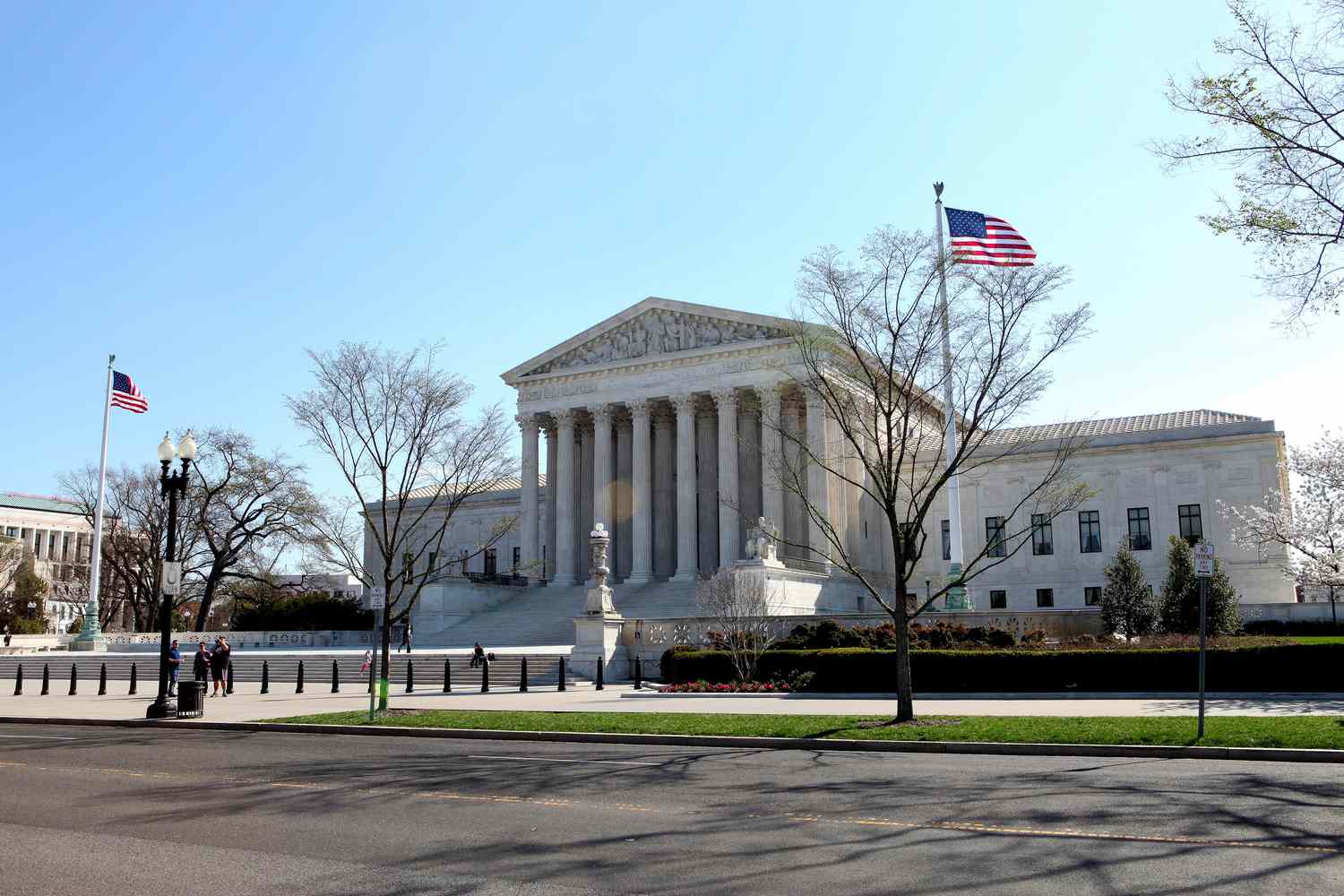
Ever wondered about the quirks and lesser-known tidbits of the highest court in the United States? Well, you're in for a treat! The Supreme Court isn't just about landmark cases and legal precedents; it's also a goldmine of fascinating facts that don't make the headlines. From secret basketball games to a historical freeze on restroom renovations, this venerable institution is brimming with stories that will make you see it in a whole new light. Ready to get the lowdown on some of the most intriguing aspects of this judicial powerhouse? Let's dive into 17 great fun facts about the Supreme Court that are sure to surprise and delight you.
Key Takeaways:
- The Supreme Court is the highest court in the US, shaping American law and society through landmark cases and unique traditions like the "basketball court" above the courtroom.
- Justices serve for life, and the Court's decisions have a profound impact on American life, influencing everything from civil rights to global judicial systems.
What Is the Supreme Court?
The Supreme Court stands as the highest court in the United States. It has the ultimate authority in interpreting the Constitution, reviewing laws, and deciding on cases that have significant legal implications. This powerful institution plays a crucial role in shaping American law and society.
Who Makes Up the Supreme Court?
Nine justices, including one Chief Justice and eight Associate Justices, make up the Supreme Court. These members are nominated by the President and must be confirmed by the Senate. Once appointed, justices serve for life, unless they decide to retire or are impeached.
The Supreme Court Building
- A Marvel of Architecture: The Supreme Court building, located in Washington, D.C., was completed in 1935. Before this, the Court held sessions in various locations, including the U.S. Capitol building.
Historical Milestones
-
A Court of Firsts: Sandra Day O'Connor became the first female Supreme Court Justice in 1981, breaking centuries of male dominance in the judiciary.
-
Longest Serving Justice: William O. Douglas holds the record for the longest tenure on the bench, serving over 36 years from 1939 to 1975.
Unique Traditions
-
Behind Closed Doors: The Supreme Court's conference handshake, a tradition where each Justice shakes hands with every other Justice before sitting down to discuss cases, symbolizes their commitment to respect and collegiality, regardless of personal or ideological differences.
-
The "Basketball Court": Above the courtroom, there's a gym that includes a basketball court, humorously dubbed "the highest court in the land."
Landmark Cases
-
Brown v. Board of Education (1954): This landmark decision declared state laws establishing separate public schools for black and white students unconstitutional, helping to dismantle racial segregation in America.
-
Roe v. Wade (1973): This controversial case recognized a woman's legal right to an abortion under the U.S. Constitution, sparking ongoing debates about reproductive rights.
The Supreme Court's Influence
-
Shaping Society: Decisions made by the Supreme Court have profound impacts on American life, influencing everything from civil rights to the limits of government power.
-
A Global Beacon: The Supreme Court also serves as a model for judicial systems around the world, exemplifying the principles of justice, fairness, and the rule of law.
Fun Facts
-
No Official Requirement: Interestingly, there is no specific requirement to be a Supreme Court Justice. One does not need to have a law degree or even be a lawyer, although all justices have been trained in law so far.
-
A Secret Exit: The Supreme Court building has a private exit that justices can use to leave the building unnoticed, a feature designed for their safety and privacy.
-
Unique Office Decor: Each Justice personalizes their office, with some choosing to display artifacts that reflect their interests and personalities. For instance, Justice Ruth Bader Ginsburg was known to have an extensive collection of lace jabots (collars).
-
The Annual "Summer Recess": The Supreme Court typically adjourns in late June or early July and resumes in October, giving justices a lengthy summer break, which is often used for travel, teaching, and speaking engagements.
-
The First African American Justice: Thurgood Marshall, appointed in 1967, was the first African American to serve on the Supreme Court, breaking racial barriers and paving the way for future generations.
-
The Court's "Crier": Before each session begins, the Court's crier announces, "Oyez, Oyez, Oyez!" which means "hear ye, hear ye, hear ye," signaling the start of proceedings. This tradition dates back to medieval England.
-
A Rarely Used Power: The Supreme Court has the power to impeach one of its own members, though this has never happened in its history.
-
The "Swing Vote" Phenomenon: Often, one Justice finds themselves in a position where their vote can tip the balance in closely divided cases, earning them the title of "swing vote." This role has significant influence over the Court's decisions and, by extension, American law.
A Final Glimpse at the High Court's Marvels
Diving into the world of the Supreme Court has been nothing short of a thrilling ride through history, law, and the unexpected. We've uncovered 17 great fun facts that paint a vivid picture of this esteemed institution beyond the usual legal jargon and courtroom drama. From its architectural grandeur to the personal quirks of its justices, the Supreme Court stands as a testament to the complexity and enduring nature of justice in America. These tidbits not only humanize the court but also highlight its pivotal role in shaping the nation's course. Whether you're a history buff, a legal eagle, or just plain curious, there's no denying the fascinating layers that make up the Supreme Court. Here's hoping these insights have sparked a deeper interest in the judiciary's workings and its impact on everyday lives.
Frequently Asked Questions
Was this page helpful?
Our commitment to delivering trustworthy and engaging content is at the heart of what we do. Each fact on our site is contributed by real users like you, bringing a wealth of diverse insights and information. To ensure the highest standards of accuracy and reliability, our dedicated editors meticulously review each submission. This process guarantees that the facts we share are not only fascinating but also credible. Trust in our commitment to quality and authenticity as you explore and learn with us.


